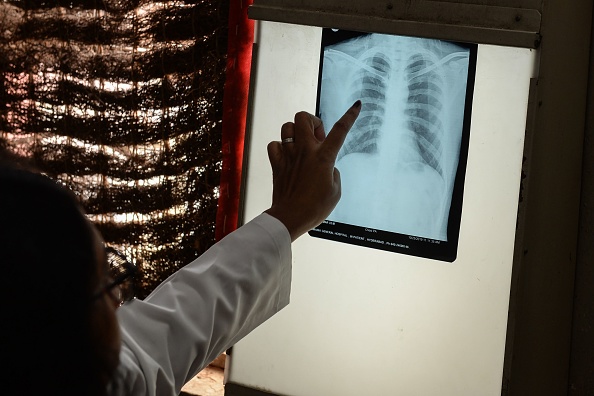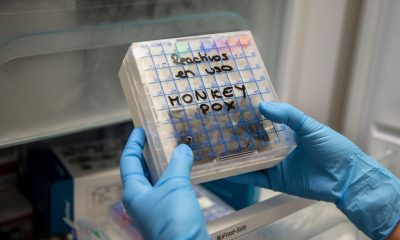Reported tuberculosis (TB) disease diagnoses in the United States fell 20% during the first year of the pandemic and remained 13% lower last year than the pre-pandemic era, latest data showed this week.
TB Trends In The U.S.
On Thursday, the Centers for Disease Control and Prevention (CDC) released a media statement on the TB situation in the country, saying that there may be fewer reported cases because of the delayed or missed diagnoses amid the ongoing COVID-19 pandemic.
According to the public health agency, the pandemic seemingly had a “substantial effect” on the TB trends in the country based on the sharp decline in reported cases. Before the pandemic, TB diagnoses declined between 1% and 2% yearly. But since the pandemic started, a remarkable decline was documented each year.
The latest data prompted experts to believe that the pandemic affected how the medical community diagnosed TB. Several factors were raised in the discussion of the trends from 2020 to 2021, as per the CDC.
One of them was the true reduction in incidence because people started wearing masks and practicing social distancing in response to the global health crisis. Such measures might have reduced the spread of the TB bacteria.
Another factor was the widespread disruptions to healthcare operations during the pandemic, thereby delaying TB diagnoses in many parts of the U.S.
Finally, there’s also the possibility that some cases had missed diagnoses because medical workers were more worried and focused on diagnosing COVID-19. Case reports showed that some people with TB were evaluated for COVID-19 but never tested for TB due to misassumptions.
Effects Of The Decline
For Philip LoBue, MD, FACP, FCCP, and the director of CDC’s Division of Tuberculosis Elimination, the missed and delayed diagnoses of TB could have serious repercussions not only to the patients but also to their communities.
“Delayed or missed tuberculosis disease diagnoses are threatening the health of people with TB disease and the communities where they live. A delayed or missed TB diagnosis leads to TB disease progressions and can result in hospitalization or death — and the risk of transmitting TB to others,” he said.
Lobue added, “The nation must ensure that healthcare providers understand how to diagnose and distinguish TB disease from potential cases of COVID-19.”
World TB Day
The CDC released the media statement on World TB Day, March 24, to emphasize its efforts in curbing TB transmissions. The agency also launched its “Think. Test. Treat TB” campaign on the same day to spread awareness of TB and the importance of TB prevention.
Based on the campaign’s page, millions of Americans may be living with inactive TB because the bacteria responsible for the disease can live in the body for years without manifesting symptoms. The inactive TB can then become active at any time if left untreated. Thus, people need to talk to their doctor if they want to protect themselves and their families from the highly contagious disease.
Meanwhile, the World Health Organization organized a special virtual talk show to commemorate World TB Day. The agency said the event would give a platform for talks on the urgent need to invest resources to ramp up the fight against TB, even in the time of COVID.














